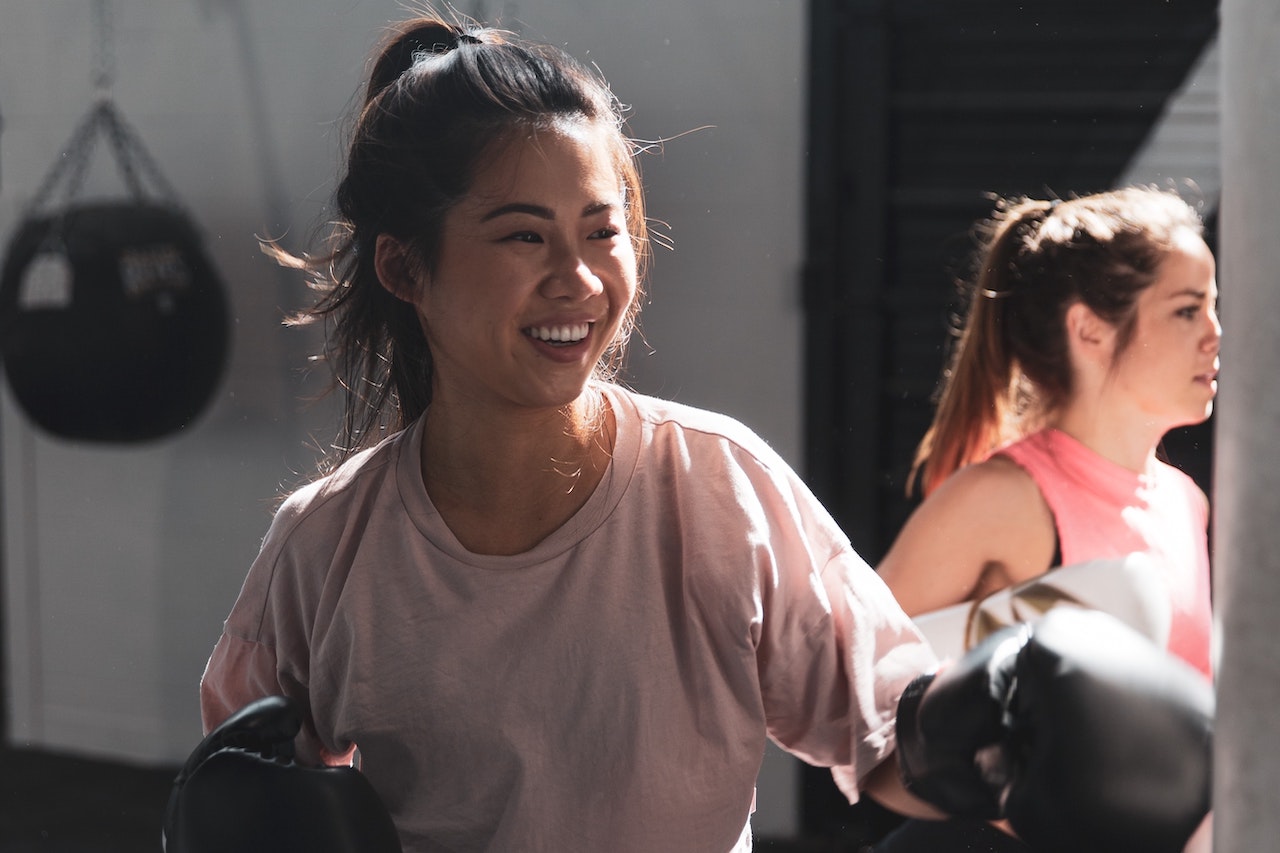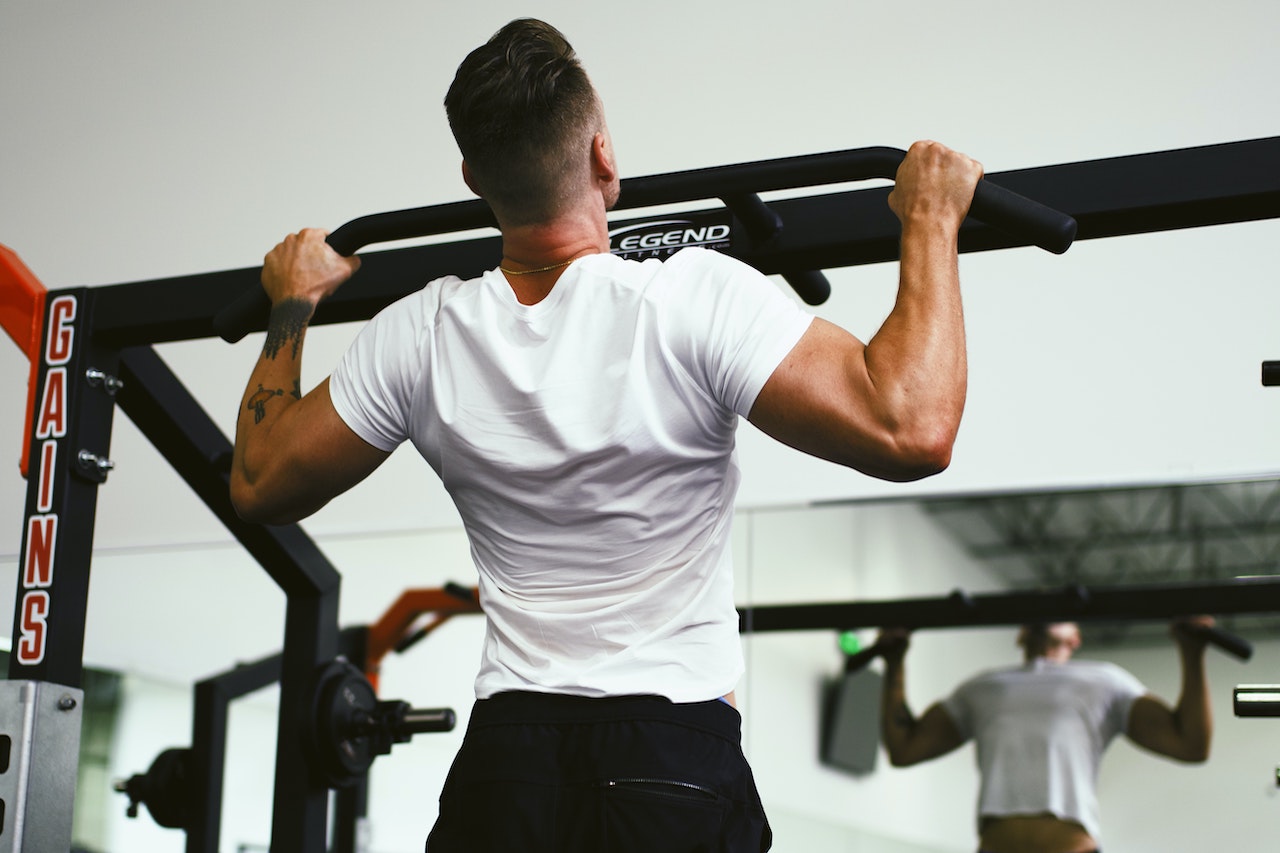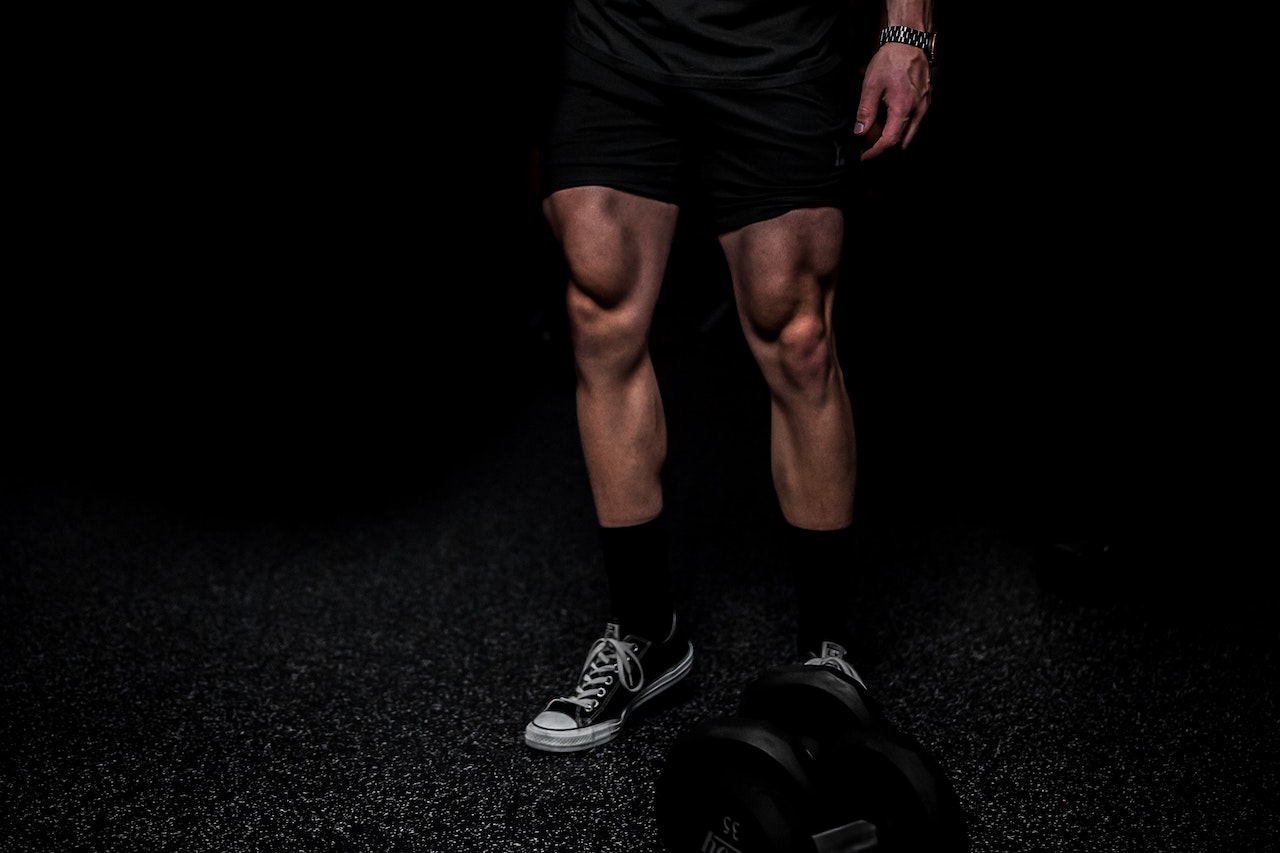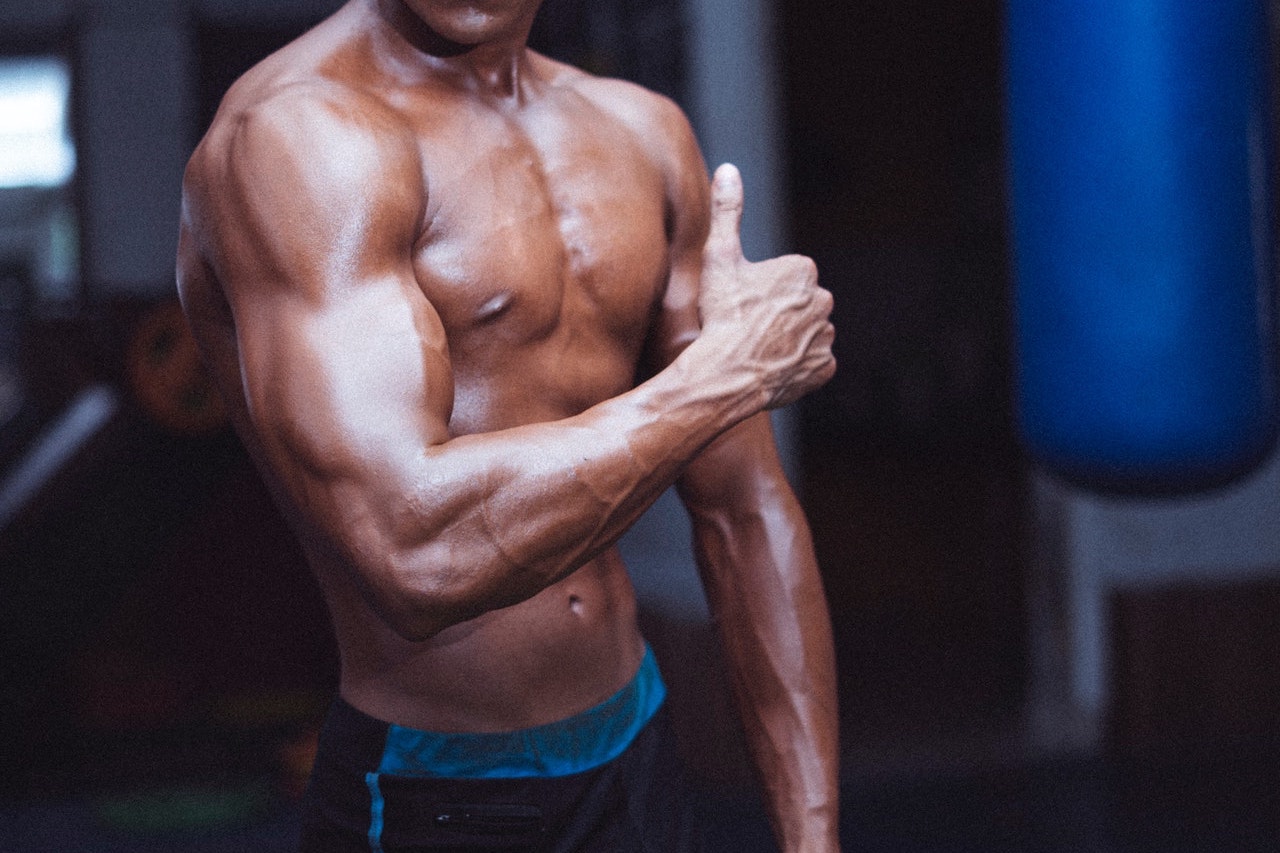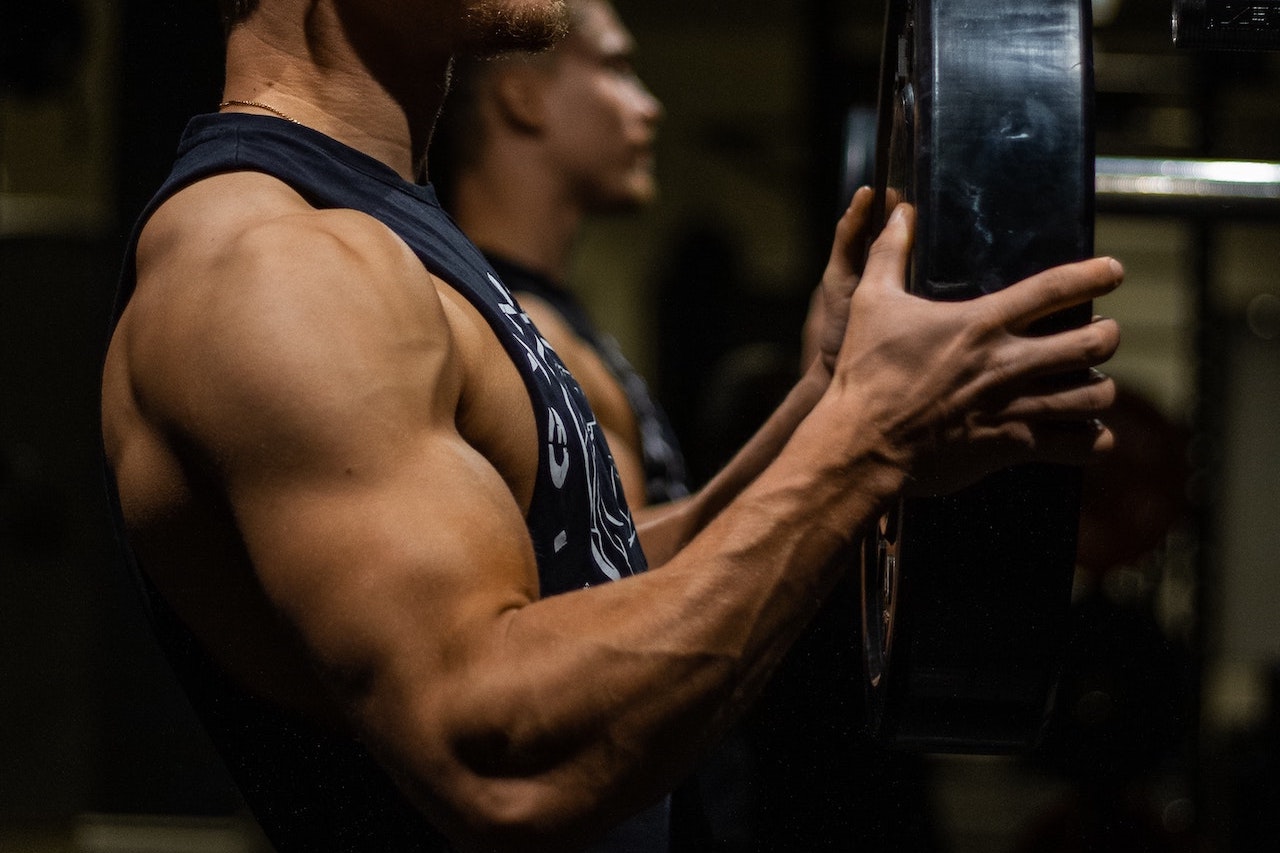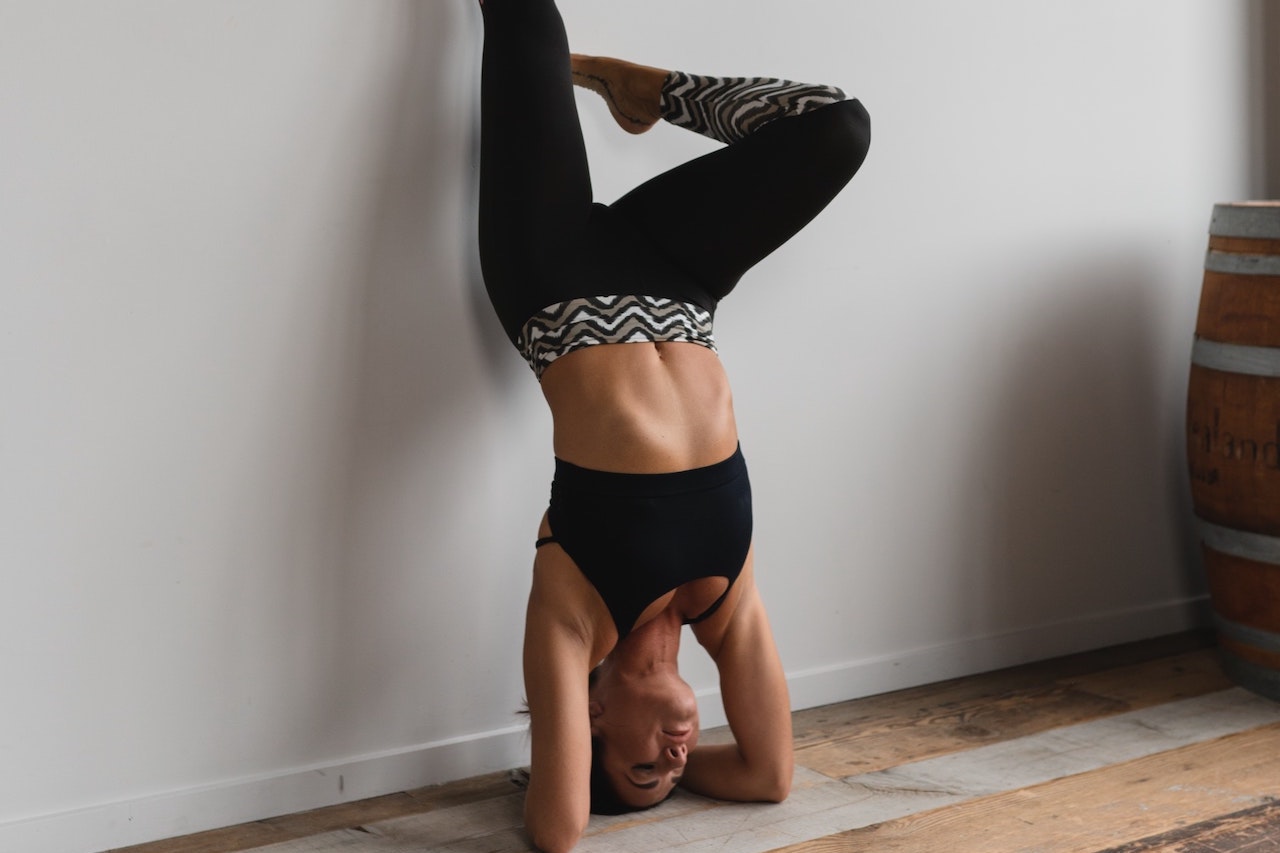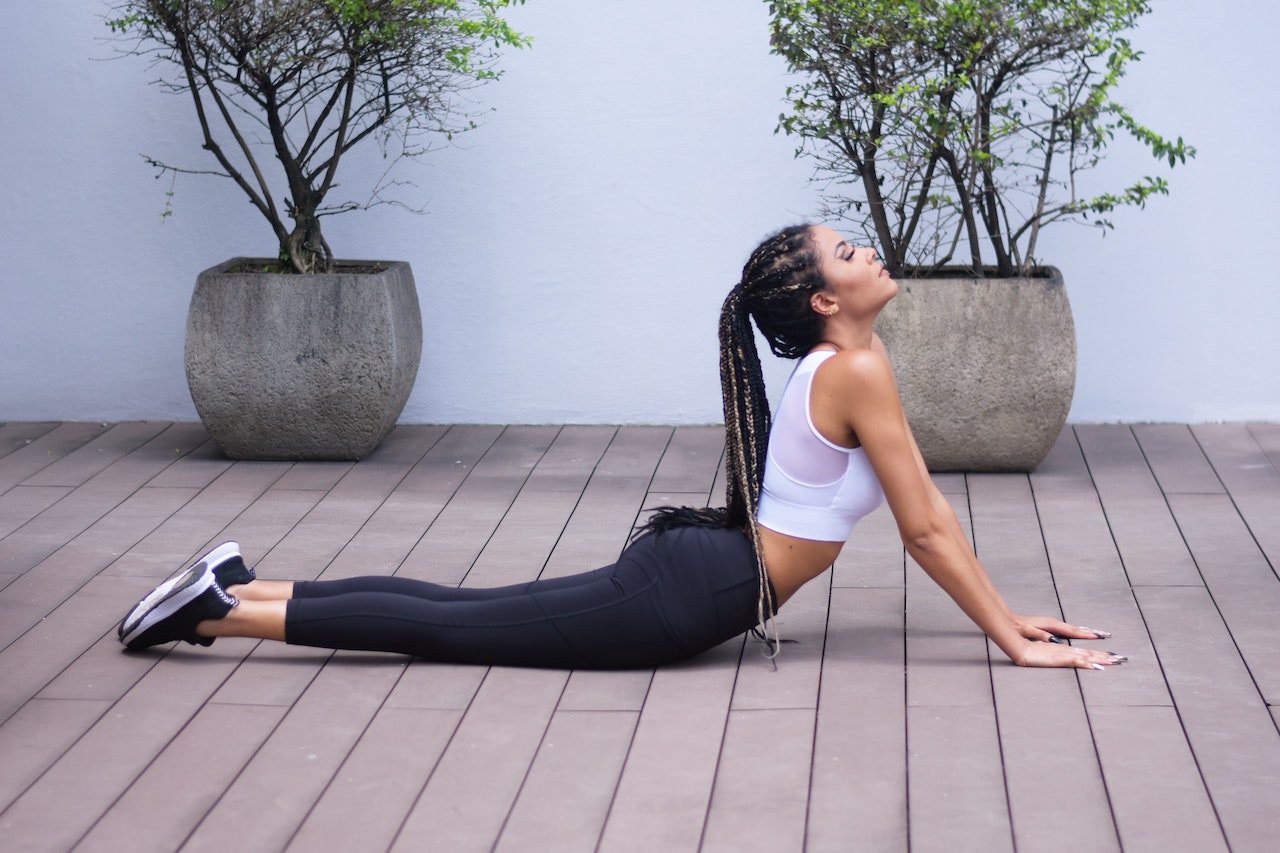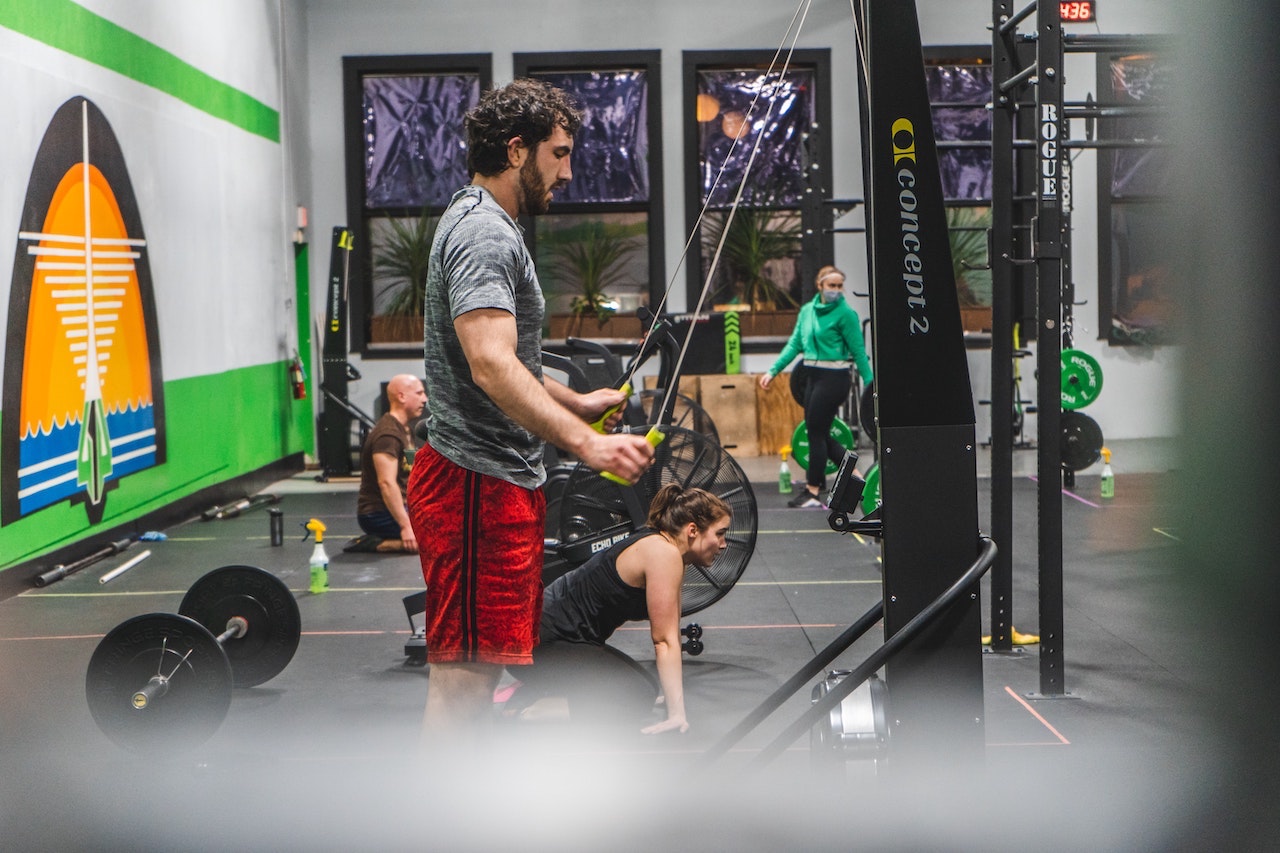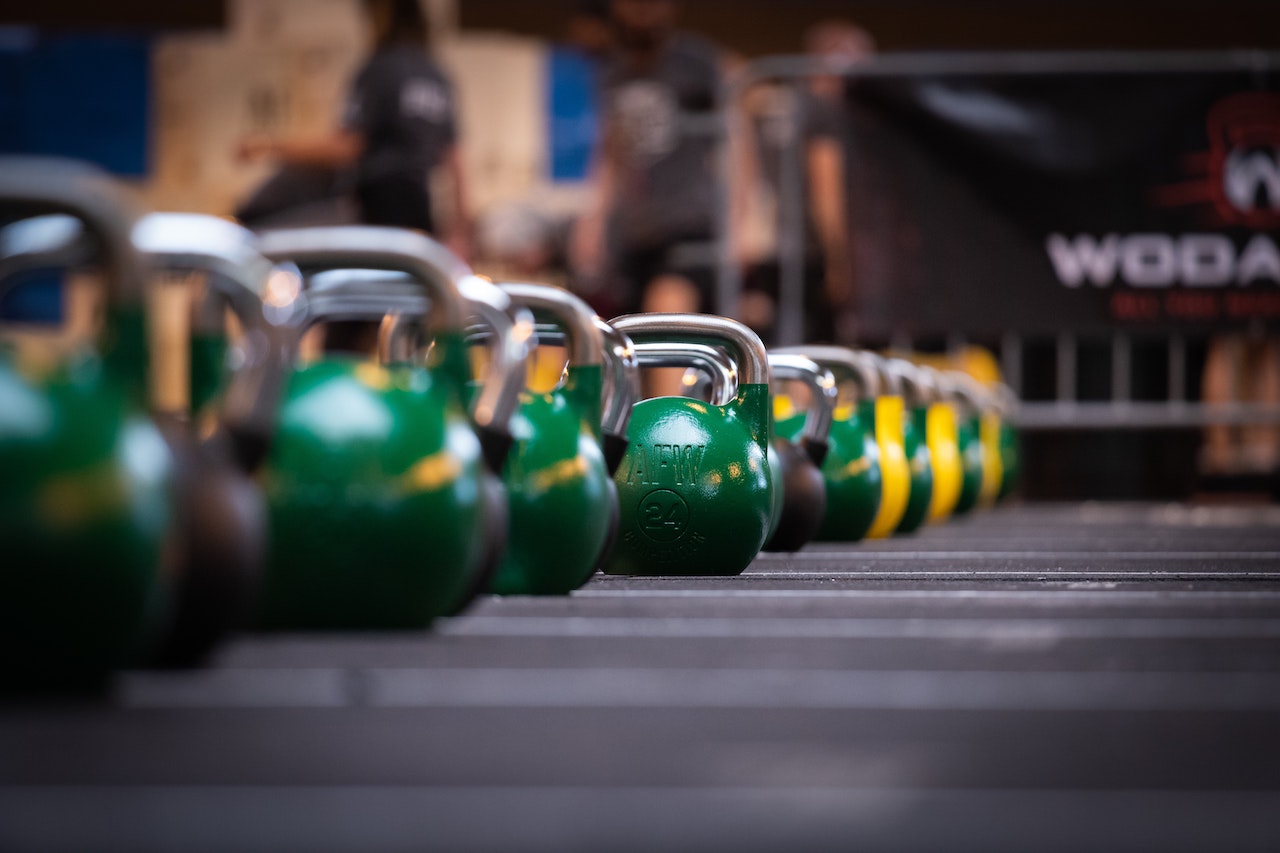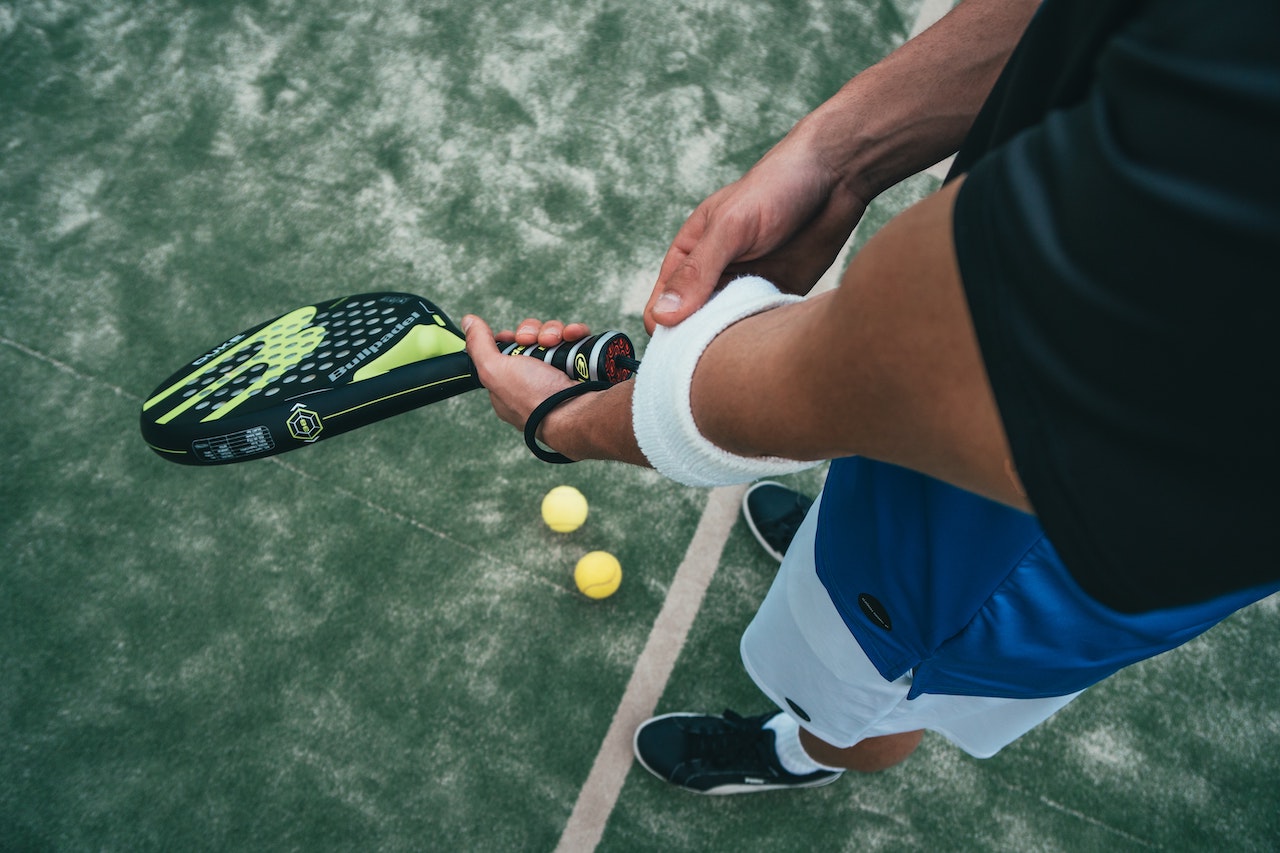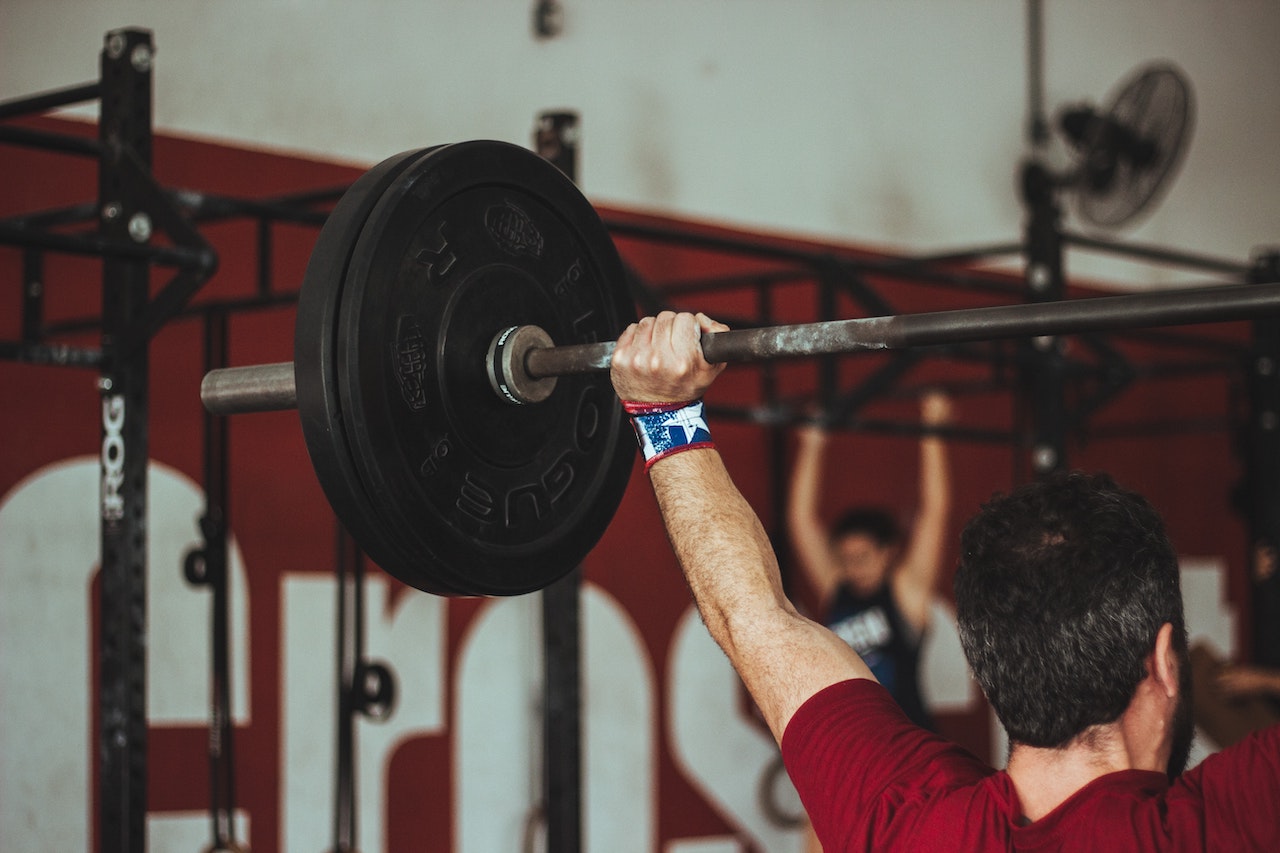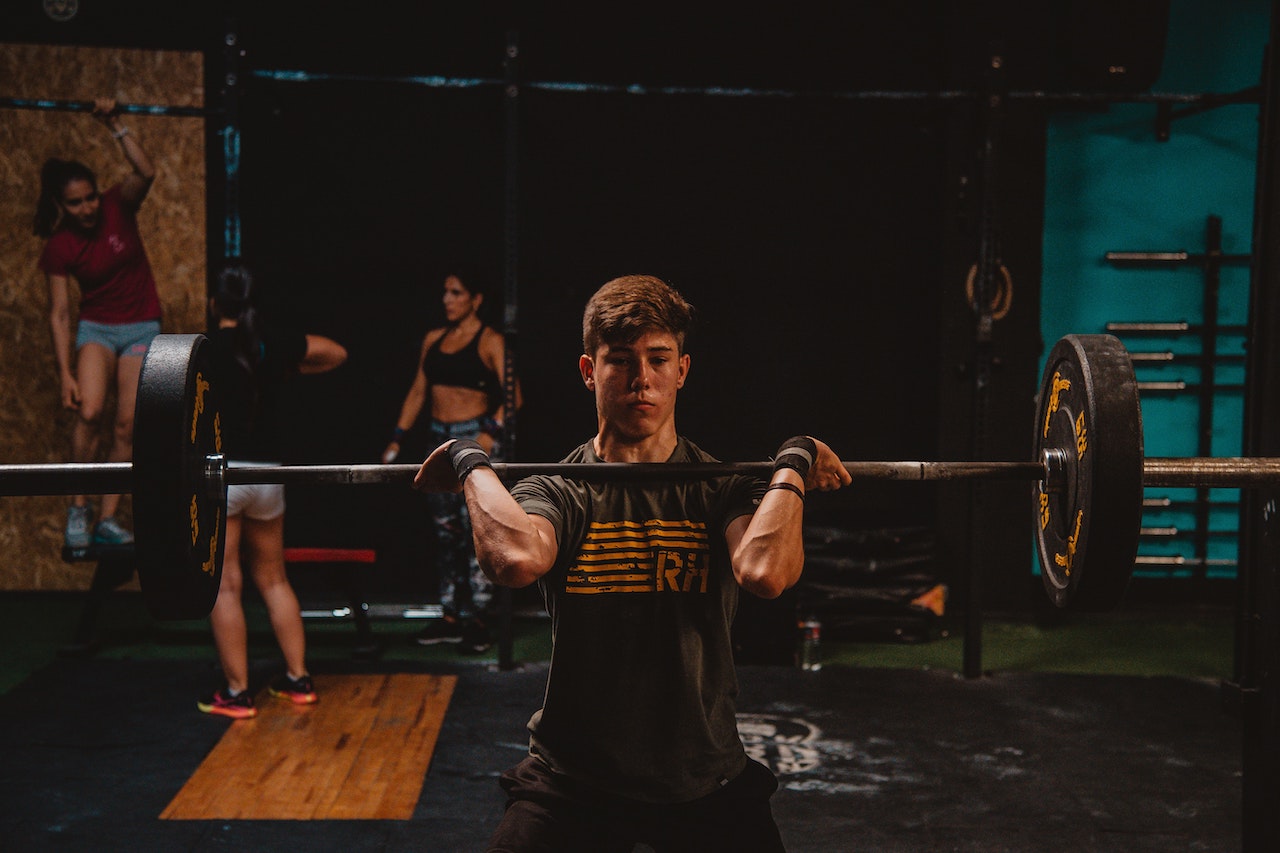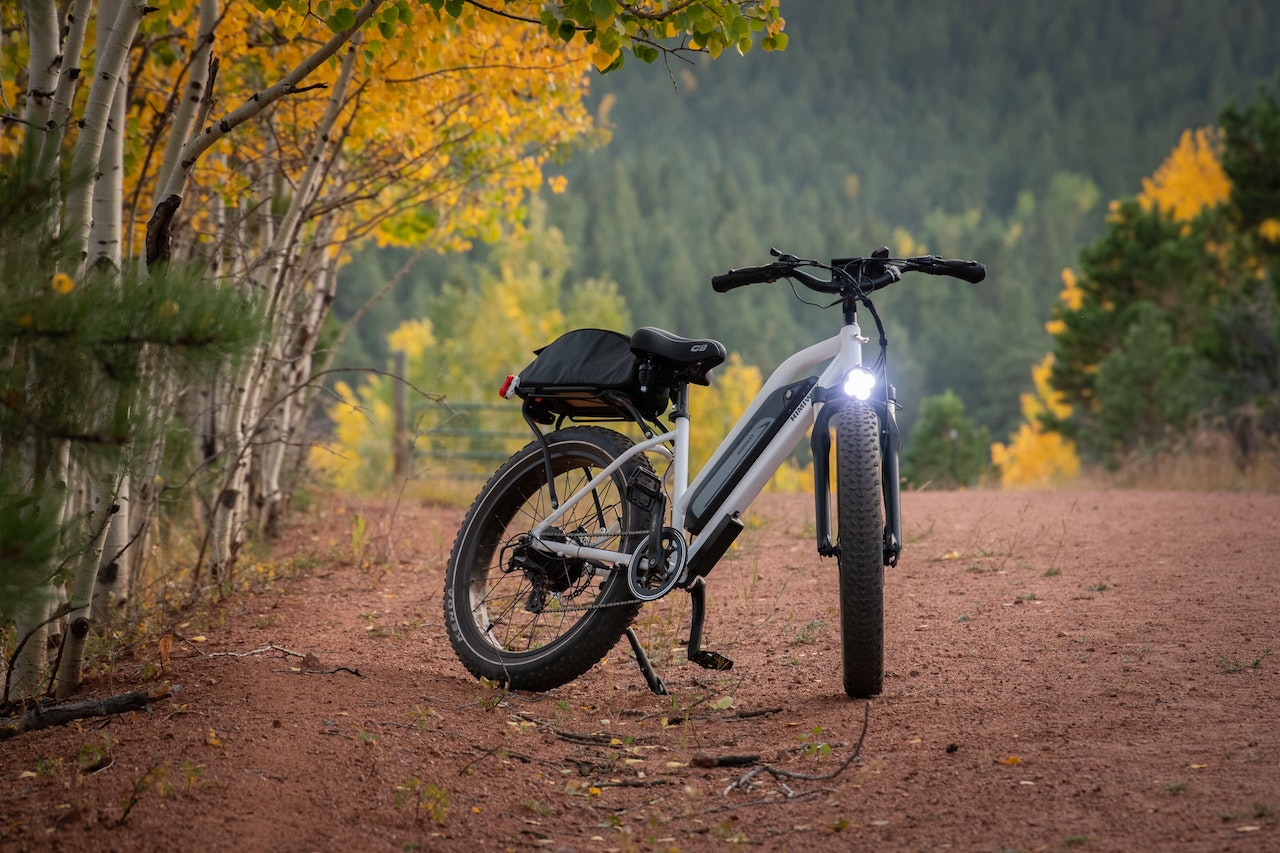which movement do you prefer, pull-ups or hard pulls? Why?

out of all the back training moves, we have picked out a few that are easier to recruit back muscles and help you find the feeling of back training, so give them a try.
Move 1: Latissimus dorsi pull down
the latissimus dorsi pull-down is very simple. All you have to do is pull the handles up to your upper chest. For most people, when you sit down and your muscles stretch, you immediately pull the handles down, at which point there is no muscle control strength yet, so no muscle is being recruited.
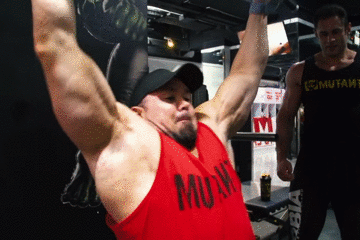
so when you get into the extended position, although it feels like the latissimus dorsi is being contracted nicely, you will lean back too much, allowing the elbows to retract the handles, resulting in more upper back muscles being recruited than the latissimus dorsi. This is all because you are skipping a simple movement.
Once you get into the extended position, you still need to contract and press down on the scapulae, thus re-recruiting the back muscles and not letting the biceps take over the movement. From extension to contraction, this small movement will recruit more back muscles.
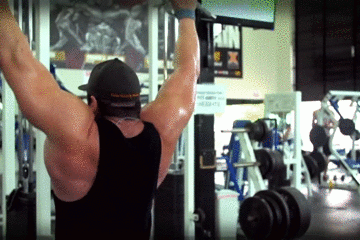
if you can look at yourself from the side as you do the movement, if you don't contract your shoulder blades then your elbows will pull down towards the back of your body and you end up with your elbows in a straight line with your chin. When you contract your shoulder blades, your elbows are in a straight line with your hips and your hands will drop down to your chest. This is a small movement, but makes a big difference in raising the back muscles.
Movement 2: Reverse grip latissimus dorsi pull down
contracting the scapulae also applies to this movement, as you will not want to turn this into a bicep curl. Unfortunately, if you don't know how to contract the scapulae and the position of the shoulder during the pull down, it will turn into a curl. Again, when you reach the maximum extension position at the top of the movement, contract the scapula first and then pull down.

if you have difficulty doing this, then it is best to keep the weight lighter and concentrate on both movements, contracting and then pulling down in each one. Once you have mastered it, complete the movements more smoothly.
It only takes time to practice, but once you have established this mind-muscle connection, along with muscle control of the weight movement, the movement will be no problem.
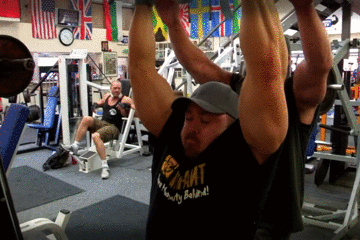
movement 3: Pull-ups
obviously, it will be easier to be in a stretched position when pulling up, as most people get stuck at the bottom of the movement. But when you are in the bottom position, you need to learn how to contract your shoulder blades first before pulling up.

this is how you can really use your back and keep your biceps out of the movement. Obviously, the biceps will still be involved some, but if you don't do the contraction, you won't be able to fully stimulate the latissimus dorsi. The same form applies here for the reverse grip pull-up.
Movement 4: Seated rowing (t-bar or standard barbell)
any kind of rowing movement is probably the easiest way to teach the body to contract the movement. Once you get to the starting position, keep your shoulders neutral and your body forward to get a good stretch, then contract your shoulder blades before pulling up with your back so that your hands touch the curl bar.
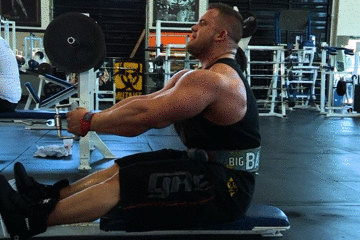
as you contract your shoulder blades and shoulders first, you will notice that you will pull the handles up onto your abdomen first, whereas if you don't contract first you will end up pulling higher and engaging your upper back more.
If your goal is to train the upper back, that's fine, but if you really want to train the latissimus dorsi, you need to contract the scapulae before pulling up. Just like the latissimus dorsi pull down, start with two separate movements, contract and then pull your arms back, as you become more proficient you will be able to turn it into one movement and train your back as hard as possible.
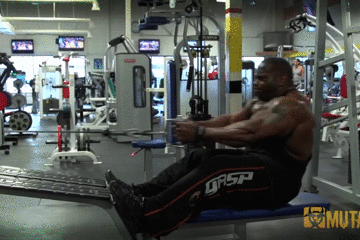
exercise #5: Barbell dip row (reverse grip)
remember that if you use a forward grip for the barbell dip row, you will train more of the rear delts and upper back. If you use a reverse grip, you will actually train more of the latissimus dorsi.
If you don't do any contractions before you pull up on the barbell, then you will end up pulling a little higher, even with a reverse grip. However, if you stretch the muscles well, contract, and then pull up, the barbell should pull straight to the abdominals, which will maximise the engagement of the latissimus dorsi.
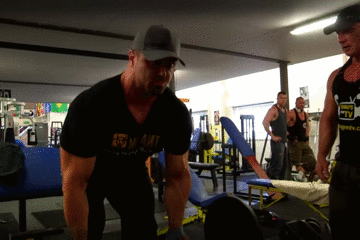
when it comes to training the back, obviously the biceps are secondary, work the biceps when it's time to work it. If you are doing back workouts, you want to make sure you train the back as much as possible. If the latissimus dorsi is a weak muscle group for you, it's probably because you're making a simple mistake and it's easy to correct, just use the methods mentioned above.


